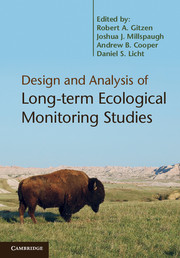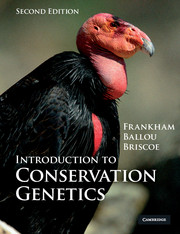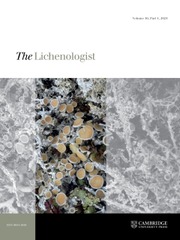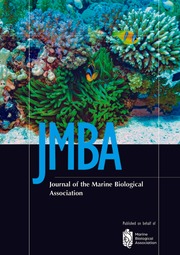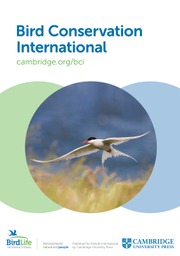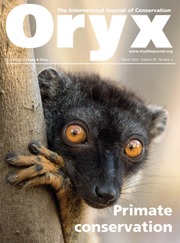Handbook of Biodiversity Methods
Biodiversity is recognized to be of global importance, yet species and habitats continue to be under increasing pressure from human-induced influences. Environmental concerns are high on the political agenda, driving increased legislation to protect the natural environment. The starting point for much of this legislation is the requirement for a comprehensive biodiversity audit. This Handbook provides standard procedures which will enable practitioners to better monitor the condition of the biodiversity resource, resulting in improved data upon which to base future policy decisions and actions.
- Comprehensive - provides best practice methods for surveying a broad range of habitats and species
- Unique in providing information on both survey methods and on current methods for evaluating ecological data in a single volume
- Authoritative - written and edited by a team of experienced field ecologists
Reviews & endorsements
Planning approaches, international conservation agreements-that might affect collecting methods, key references, and a glossary round out this technical reference work.
Choice
"The Handbook is very well organized and presents practical, hands-on biodiversity survey and monitoring advice in a concise, conceptual framework. It contains a wealth of information, hints, and tips and is an invaluable reference book for biodiversity assessment."
Flemming Skov, Ecoscience
Product details
September 2005Adobe eBook Reader
9780511124075
0 pages
0kg
28 b/w illus. 58 tables
This ISBN is for an eBook version which is distributed on our behalf by a third party.
Table of Contents
- Preface
- Acknowledgements
- Part I. Planning M. Fasham, G. Tucker, A. Bennett, T. Rich, M. Shewry, P. Shaw and M. Wade:
- 1. Introduction to Part 1
- 2. Planning a programme
- 3. Evaluation methods
- Part II. Habitats G. Tucker, M. Fasham, T. Rich, M. Rebane, G. Peterken, F. McMeechan and R. Birnie:
- 4. Introduction to Part 2
- 5. Habitat requirements and issues
- 6. Methods for surveying habitats
- 7. Surveying and monitoring management or environmental impacts
- 8. Habitat conservation evaluation criteria
- Part III. Species:
- 9. Introduction to Part 3
- 10. General principles and methods for species M. Fasham and S. Mustoe
- 11. Fungi R. Watling, M. Fasham and D. Dobson
- 12. Lichens S. Davey, M. Fasham and D. Dobson
- 13. Bryophytes G. Rothero, D. Dobson and M. Fasham
- 14. Aquatic macrophytes and algae N. Stewart and M. Wade
- 15. Vascular plants T. Rich, V. Hack and F. McMeechan
- 16. Dragonflies and damselflies C. Plant, R. Sands and M. Fasham
- 17. Butterflies C. Plant, R. Sands and M. Fasham
- 18. Macromoths C. Plant, R. Sands and M. Fasham
- 19. Other terrestrial invertebrates P. Dennis, C. Plant, R. Sands and M. Fasham
- 20. Aquatic invertebrates P. Kerrison, T. Norman and M. Fasham
- 21. Fish N. Giles, R. Sands and M. Fasham
- 22. Amphibians D. Latham, E. Jones and M. Fasham
- 23. Reptiles D. Latham, E. Jones and M. Fasham
- 24. Birds S. Mustoe, D. Hill, D. Frost and G. Tucker
- 25. Bats R. Stebbings, H. Mansfield and M. Fasham
- 26. Other mammals A. Bennett, P. Ratcliffe, E. Jones, H. Mansfield and R. Sands
- Acknowledgements
- Glossary, Appendices
- Recommended sources of further information
- References
- Index.


